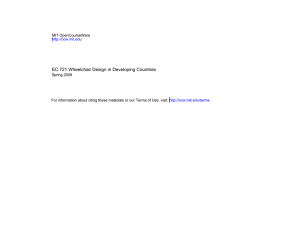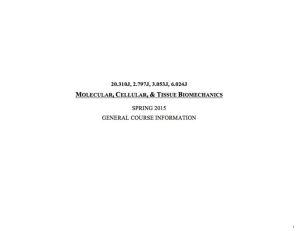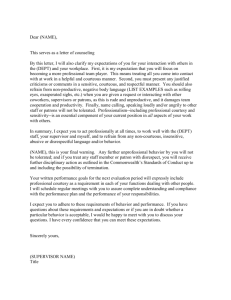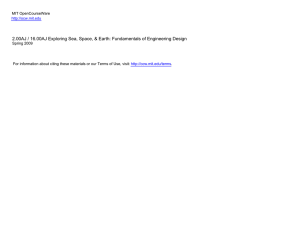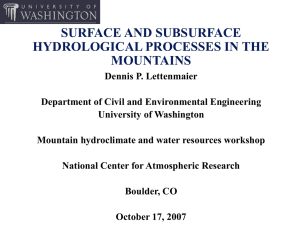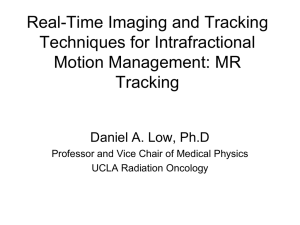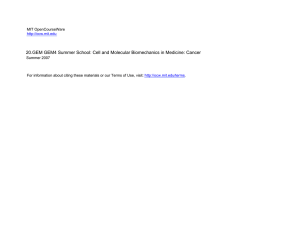Concentration, units & dimensions
advertisement
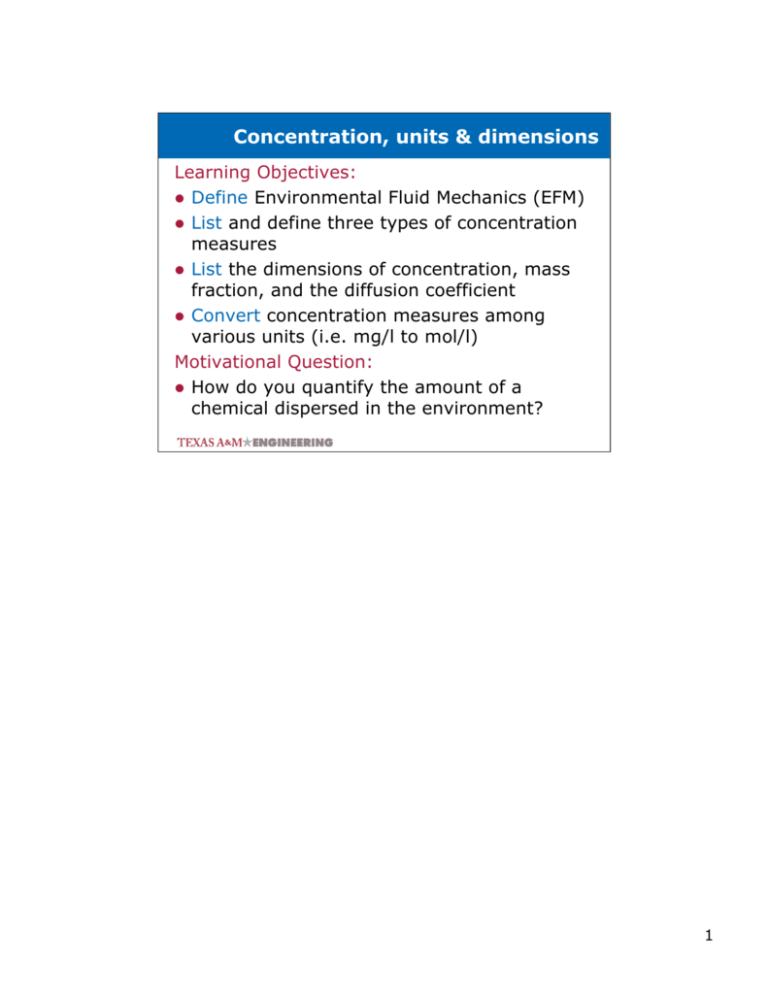
Concentration, units & dimensions Learning Objectives: Define Environmental Fluid Mechanics (EFM) List and define three types of concentration measures List the dimensions of concentration, mass fraction, and the diffusion coefficient Convert concentration measures among various units (i.e. mg/l to mol/l) Motivational Question: How do you quantify the amount of a chemical dispersed in the environment? 1 Examples of Environmental Fluid Mechanics Projects OCEN 489 and 689 Scott A. Socolofsky 2 Environmental Fluid Mechanics Definition: Answers to how natural processes in the hydrosphere change concentrations Transport processes: Diffusion (molecular and turbulent) Advection Transformation processes: (key processes) Dissolution Chemical reactions Critter metabolisms 3 Transport in the Hydrosphere Courtesy of Chin Wu. 4 Concentrations Concentration boundary layer. Turbulence structure is clearly evident. Waves collage courtesy of John Crimaldi 5 Hydromechanics Courtesy of Benoit Cushman-Roisin, Dartmouth College Breaking waves move sediment, generate sea spray, oxygenate the water column and provide turbulence, among other important coastal and offshore processes 6 Point Pollution Sources Courtesy of the CORMIX project Wastewater Outfalls 7 Non-Point Pollution Sources Courtesy of Roanoke County, VA 8 Storm Water Runoff Pollutant loads include point and non-point sources Courtesy of USGS 9 Water Quality Measurement of a wealth of water quality parameters Courtesy of Cortland College 10 Limnology Zooplankton, phytoplankton, and other lake inhabitants Courtesy of Gertrud Cronberg 11 Natural Preservation Restoration and Provision for Natural Conditions Courtesy of College of Natural Resources, University of Idaho 12 Topics Diffusion Advection River Mixing Processes Transformation Air/water Interface Sediment/water Interface Tidal Mixing Point source near-field: Jets and Plumes Environmental fate and transport modeling 13


